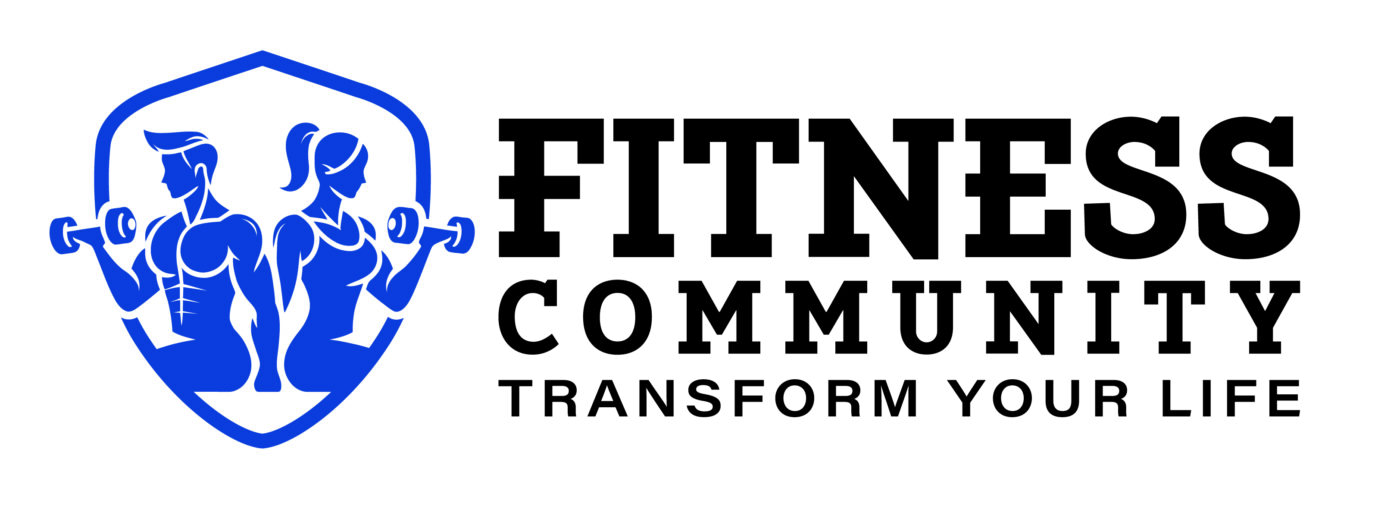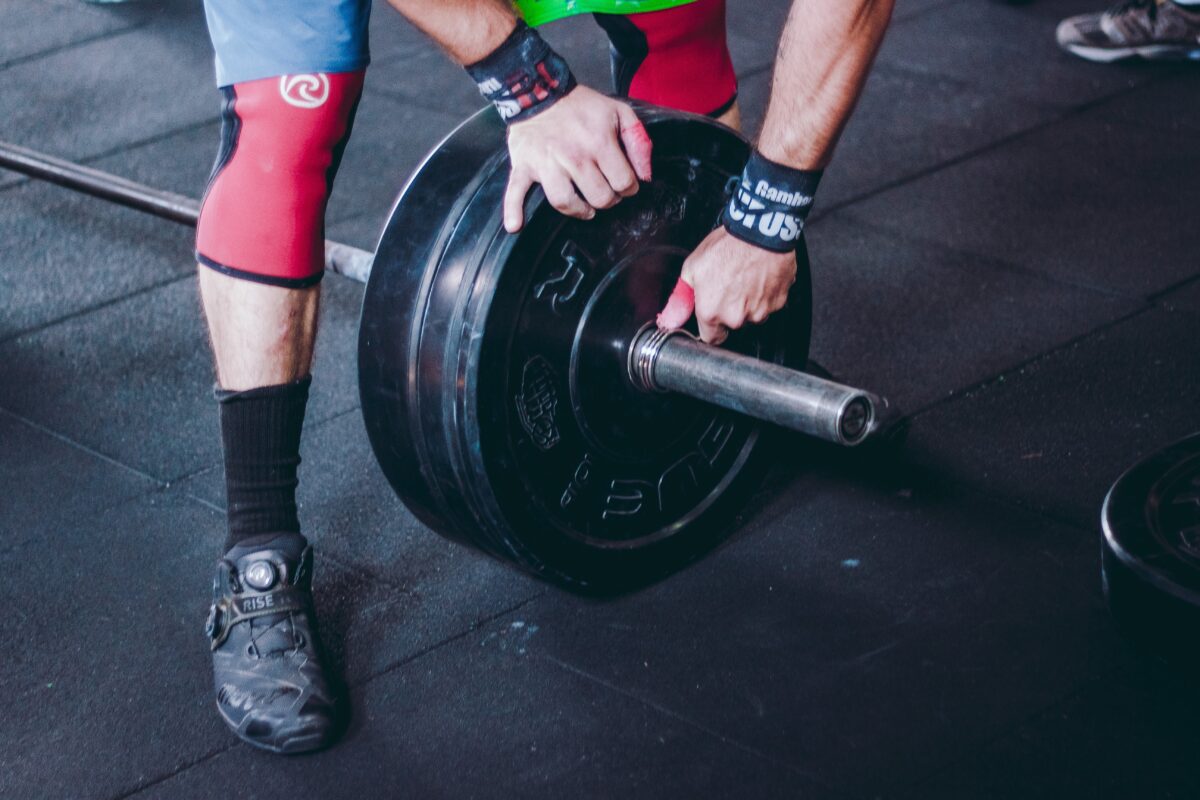FLEXIBILITY AND MOBILITY
Enhancing Range of Motion for Everyday Life
Performing daily activities, whether athletic or routine, requires a good range of motion. While we often associate flexibility with extreme yoga poses or ballet splits, there are numerous everyday movements that necessitate flexibility. The key lies in maintaining and improving our range of motion.
According to Dan Van Zandt, a flexibility coach and educator, flexibility is a “use it or lose it” case. Rather than avoiding painful movements, it’s possible to work on flexibility and enhance our range of motion. While not everyone may achieve extreme levels of flexibility, with patience and dedication, we can deepen our squats, reach higher, and even sit cross-legged on the floor.
Flexibility and mobility, although distinct, are interconnected concepts. Andrew Pavlov, an orthopedic physical therapist and faculty member at San Diego State University, explains that flexibility refers to the lengthening or stretching ability of muscles, while mobility denotes the range of motion in joints. The lack of flexibility and mobility can make simple tasks, such as reaching for items on high shelves or bending down to pull weeds, challenging and sometimes painful.
Flexibility and mobility, like strength and cardiovascular endurance, can be cultivated as skills that enhance our quality of life. Some small-scale studies suggest that increased flexibility is associated with improved sleep, reduced pain, and a lower risk of depression. LaDora V. Thompson, a professor in the department of physical therapy at Boston University, highlights that maintaining optimal joint range of motion is also linked to good balance, strength, and walking speed. Additionally, improving overall movement ability and reducing pain make everyday tasks easier.
To assess flexibility, it is necessary to perform a variety of tests beyond the traditional toe touch. However, excessive flexibility can also have downsides. Approximately 20 percent of the population is hypermobile, meaning their joints surpass the typical range of motion. While not a concern unless accompanied by pain or recurring injuries, those who are exceptionally flexible are advised by doctors and physical therapists to focus on building strength to stabilize and protect their joints.
Here are five simple stretches to evaluate your flexibility:
- Lower Back, Hips, and Hamstrings: Stand with straight legs and bend forward to touch your toes. If you can touch your toes with straight legs, you likely have good flexibility in your lower back, hips, and hamstrings.
- Neck: Sit or kneel comfortably and turn your head to each side, aiming for a 90-degree rotation without moving your shoulders.
- Thoracic Spine: Lie on your side with your legs and feet together, knees bent. Extend your arms in front of you and slowly rotate your top arm to the other side, attempting to touch the floor. Adequate flexibility in the upper and middle part of your spine allows you to achieve this position.
- Calves and Ankles: Stand facing a wall and press one knee against it, while keeping the other foot planted. Gradually move your front foot back while ensuring your knee continues touching the wall. If you can move your front foot back four inches and still touch the wall, your calves and ankles have good flexibility.
- Hips: Lie on your back, raise one leg, and cross the ankle over the opposite thigh. Pull the back of your bent leg towards your chest. If you can reach your hamstring with your hands, your hip flexibility is satisfactory.
To enhance flexibility, incorporate regular stretching into your routine. Spending 5 to 10 minutes per week per muscle group is optimal for most individuals. This can be achieved through a single five-minute stretch or multiple sets of 30-second stretches three to four.

